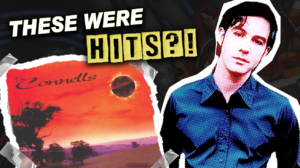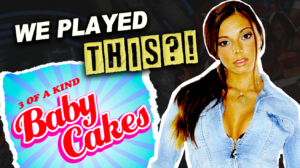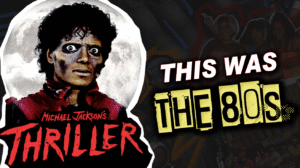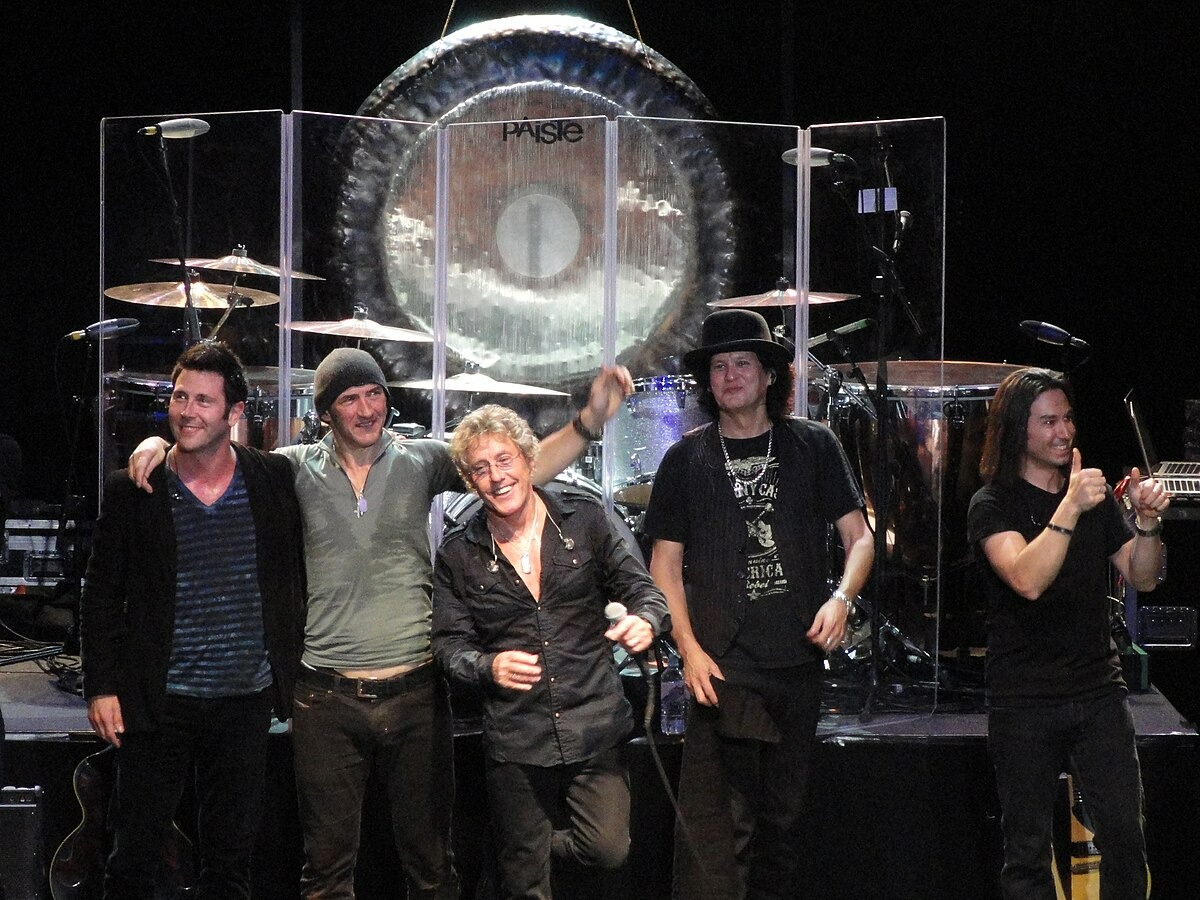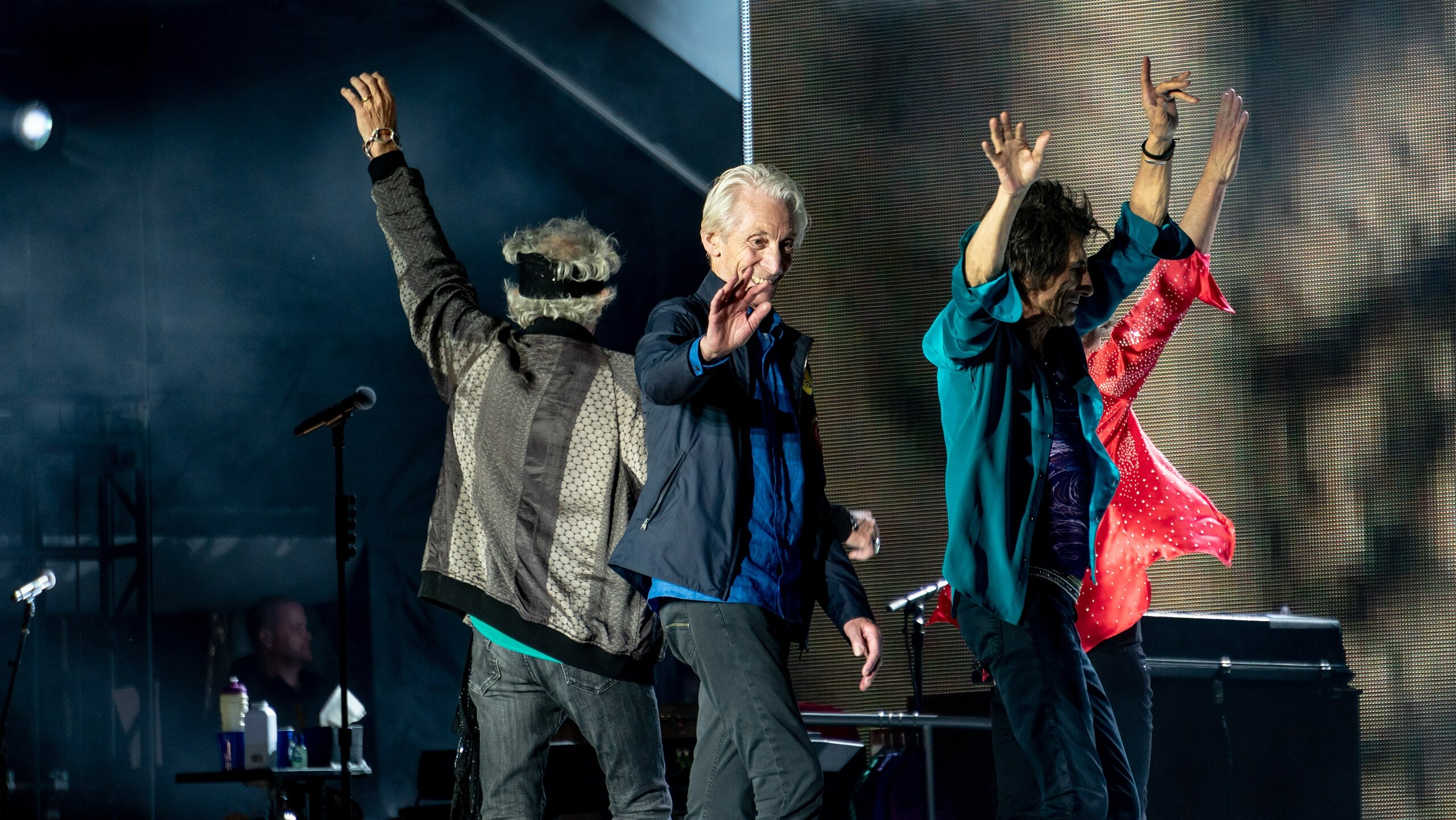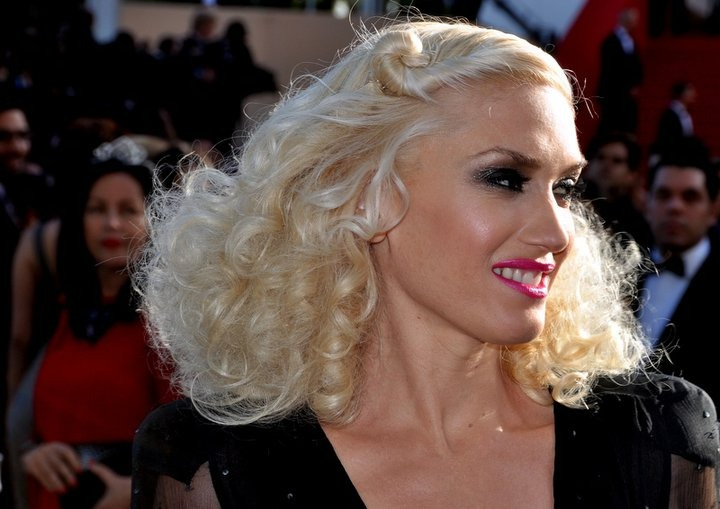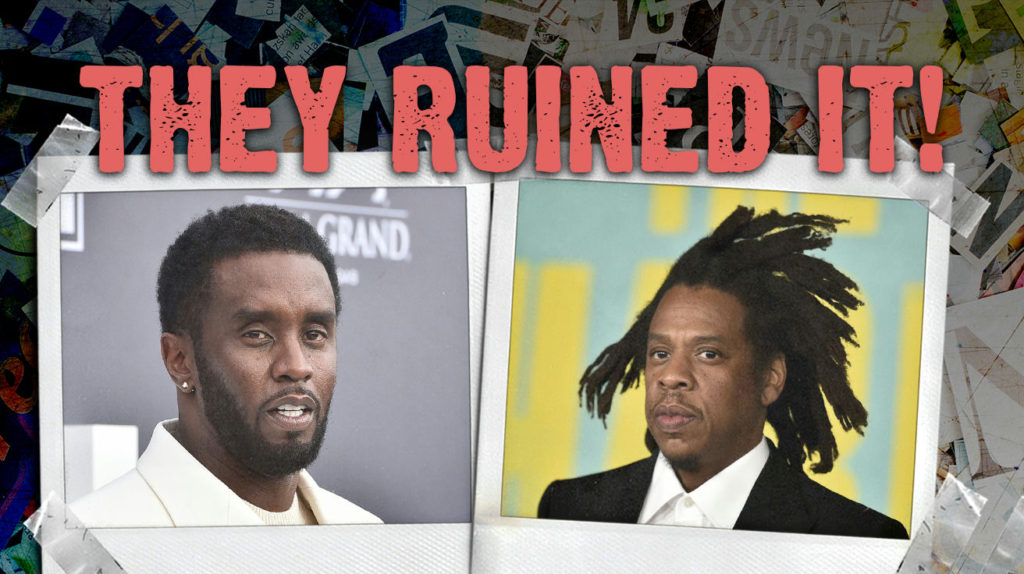
Music collaborations reshape the cultural landscape with consequences that echo across decades. The chemistry between artists determines whether songs become timeless classics that define eras or embarrassing footnotes that artists scrub from their discographies.
The wrong voice will kill a perfect song.
15. Lil Wayne on See You in My Nightmares (Kanye West)
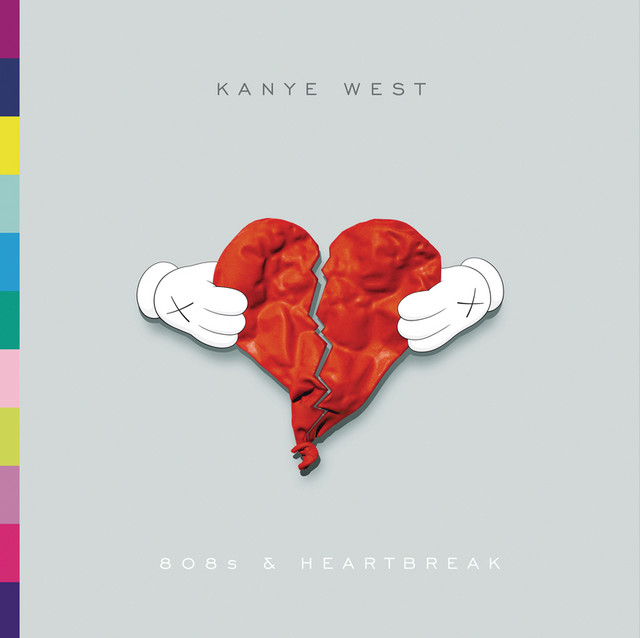
“808s & Heartbreak” revolutionized how artists approach vocal processing, turning technological tools into instruments of emotional expression. Kanye’s autotune usage throughout the album serves a clear artistic purpose.
Wayne’s appearance crashes through this carefully constructed atmosphere like someone testing a new microphone at maximum volume. His vocal processing pushes autotune past stylistic choice into sonic punishment.
This happens particularly in higher registers that sound like a dial-up modem trying to sing a ballad. This collaboration demonstrates how the same technological tool can yield dramatically different results depending on the artist’s understanding of its purpose and limitations.
14. Diddy on Hate Me Now (Nas)
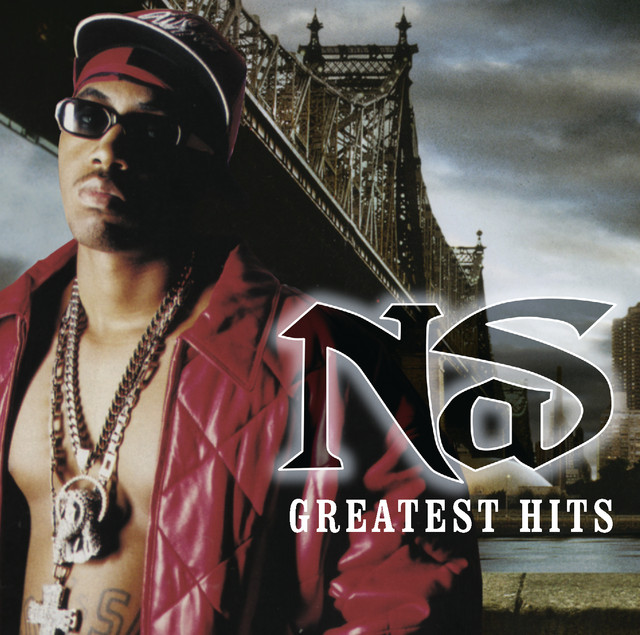
When Nas steps to the mic, his voice carries the gravity of Queens sidewalks and the weight of hip-hop history. On “Hate Me Now,” his verses unfold like a street philosopher’s manifesto.
Each line delivers with the precision of someone who understands that every syllable matters. The hook repeats throughout the track with diminishing returns, becoming more dated with each listen, like fashion choices in old yearbook photos.
Enter Diddy, crashing through the careful architecture of the song like a bull in a recording studio. His ad-libs function as audio photobombs, popping up where nobody invited or needed them.
13. Young Thug on goodbyes (Post Malone)
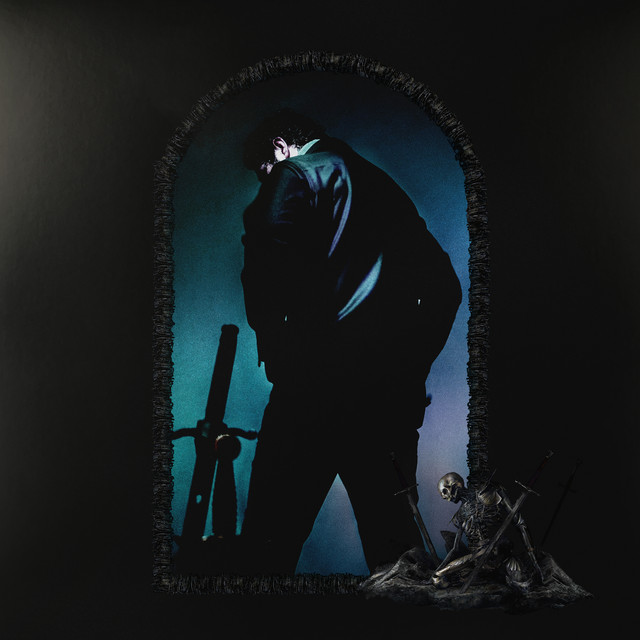
Post Malone built his career on genre fluidity, creating songs that feel like musical adaptations rather than rigid categorizations. “Goodbyes” showcases his melodic approach to contemporary pop-influenced hip-hop.
His distinctive vocal tone is the consistent thread that ties diverse influences into a coherent artistic statement.
The structural disconnect creates a disjointed listening experience, like driving over a pothole just as your favorite part of a song begins. This collaboration highlights how great songs can be ruined by lacklustre performances.
12. Puff Daddy on I’ll Be Missing You

Some songs carry the burden of grief so publicly that they become cultural monuments. “I’ll Be Missing You” aimed to honor Biggie with the reverence of a musical funeral procession.
Faith Evans delivered vocals that could make stone weep, her voice carrying the genuine weight of personal loss and technical precision that showcases why she deserved more spotlight in the ’90s R&B landscape.
Then Puff shows up like someone who crashes a wedding in jeans. His flat delivery clashes awkwardly against Faith’s emotional depth.
11. 69ine on Swervin (A Boogie Wit Da Hoodie)
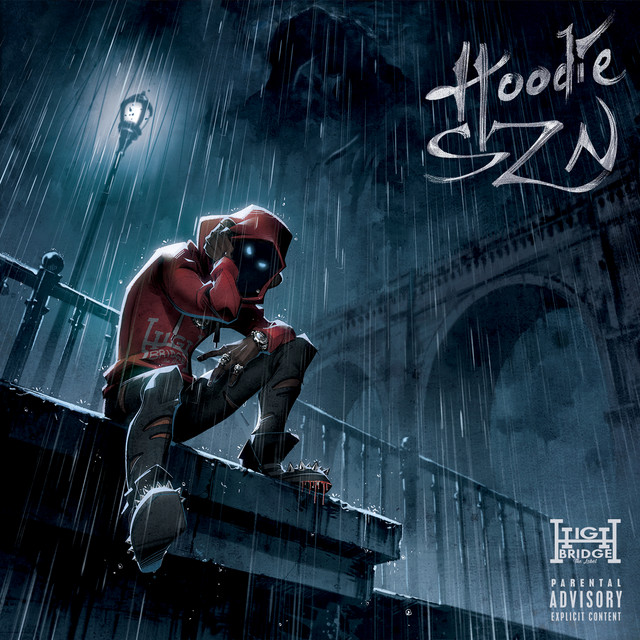
Picture this: You’ve just settled into a bubble bath, candles lit, ready to unwind. That’s what A Boogie Wit Da Hoodie’s melodic flow on “Swervin” feels like – smooth, relaxing, a sonic massage for stressed ears.
His R&B-influenced production creates the perfect atmosphere for contemplative head-nodding, the musical equivalent of comfort food after a rough day.
The song achieved double platinum certification despite this jarring tonal clash, making it one of the hated songs that is now loved. This collaboration stands as Exhibit A against features chosen for social media buzz rather than artistic cohesion.
10. Jay-Z on Monster (Kanye West)
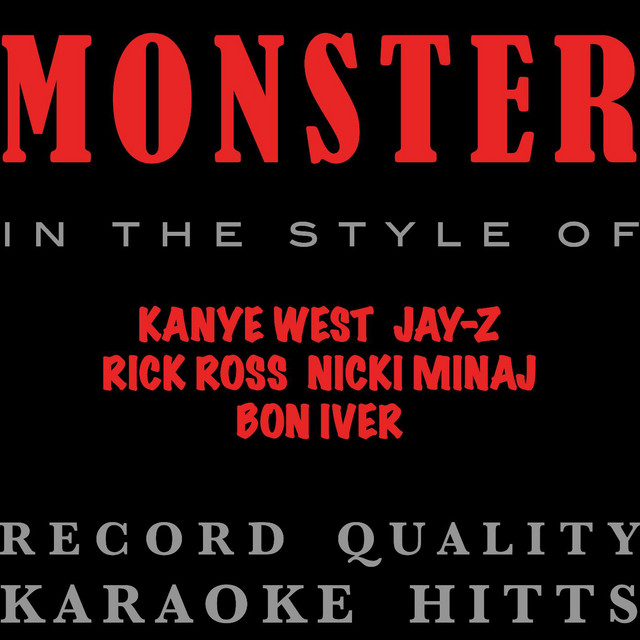
“Monster” stands as a master class in contrast, with each featured artist bringing distinctive energy that somehow coheres into a unified statement. The track spotlights Nicki Minaj’s career-defining performance.
Her technical virtuosity and character work demonstrate why she would become one of the most influential artists of her generation. Her verse functions as both an artistic statement and an industry warning shot.
Jay-Z’s contribution feels like watching a championship boxer throw half-hearted jabs during a title match. His uncharacteristically simplistic approach and uninspired delivery create a noticeable dip in the track’s otherwise consistent quality.
9. French Montana on Work Remix (A$AP Ferg)
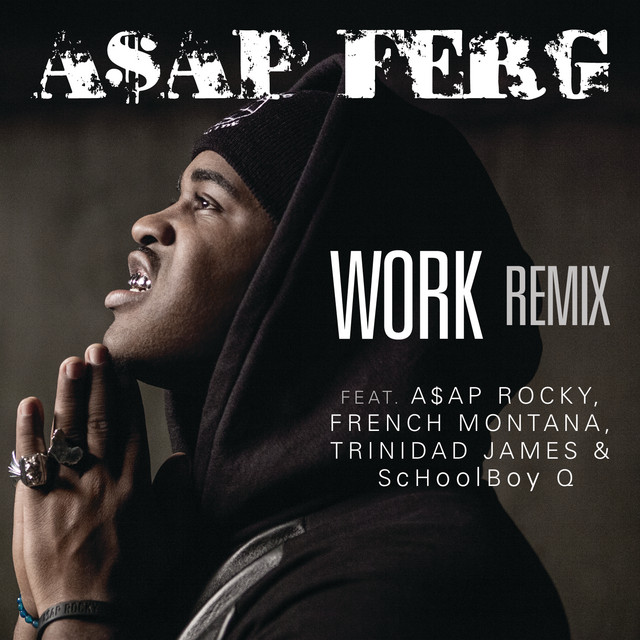
The “Work Remix” should appear in music business schools as a case of brand association trumping artistic sense. A$AP Ferg created an East Coast anthem that captures New York’s frenetic energy.
The track pulses with the city’s heartbeat, each featured artist adding distinctive neighborhood flavor to the sonic potluck.
French Montana’s verse, however, arrives like someone who brings store-bought chips to a gourmet dinner party. His repetitive ad-lib pattern and simplistic flow create a momentum-killing segment that stands out for all the wrong reasons.
While Trinidad James adapted his style to match the track’s energy, French Montana seems to perform in a completely different song. This demonstrates how even established artists can fail to read the room – or in this case, the recording booth.
8. Future on King’s Dead (Jay Rock)
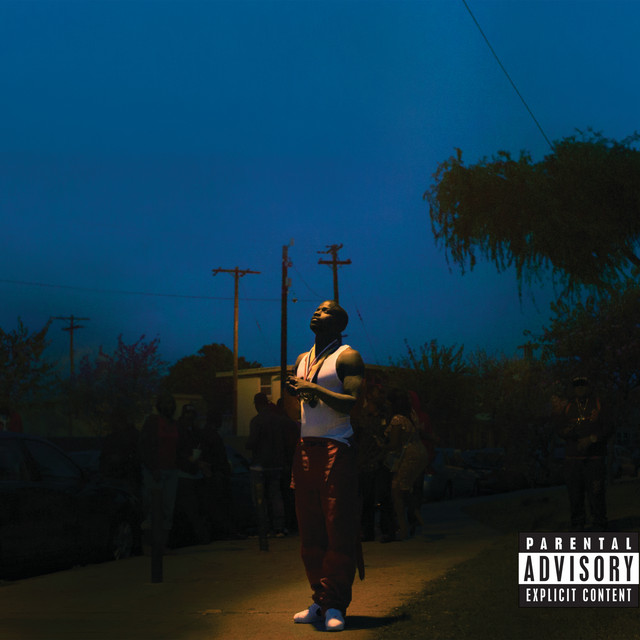
Sometimes a single moment hijacks an entire song’s legacy. “King’s Dead” showcases Kendrick and Jay Rock trading verses with the synchronicity of veteran jazz musicians.
Each complements the other’s energy without stepping on toes. The track moves purposefully, each section building toward a cohesive statement about power and position in the hip-hop landscape.
Then Future enters with his falsetto “La di da di da” section, and suddenly people remember the song for this odd detour rather than its strengths.
7. The Outlaws on Hail Mary (Tupac)
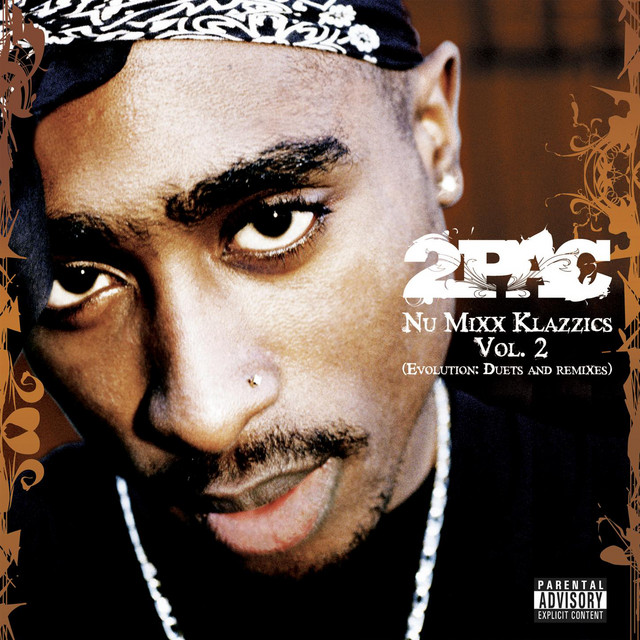
“Hail Mary” opens with Tupac’s voice cutting through darkness like headlights on an empty highway. His cadence carries an urgency that makes you believe every word comes from someplace deeper than mere performance.
When Tupac raps, it feels like testimony, confession, and prophecy rolled into one unmistakable vocal signature.
Then The Outlaws arrive, and the spell breaks. Their verses take up nearly half the runtime while delivering performances that sound like tribute band versions of the main act.
6. MGK on Ecstasy (Young Thug)
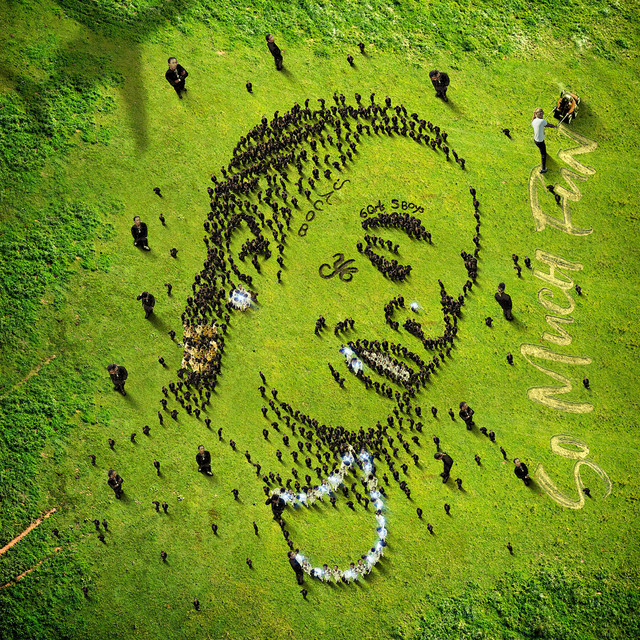
Ever notice how albums now undergo more plastic surgery than celebrities on reality TV? Industry data shows some releases receive post-launch modifications, a trend that has increased since streaming platforms turned albums into living documents.
Young Thug’s “Ecstasy” initially stood as a boundary-pushing trap masterpiece, his voice bending and twisting like melted glass into shapes no one else could imagine.
Then came the MGK update, like a plot twist in a horror movie where the protagonist removes their face to reveal the villain, Young Thug’s second verse disappeared, replaced by MGK’s contribution. What should have expanded the song’s reach instead revealed how record labels mistake social media numbers for musical compatibility.
5. Jay-Z on Umbrella (Rihanna)
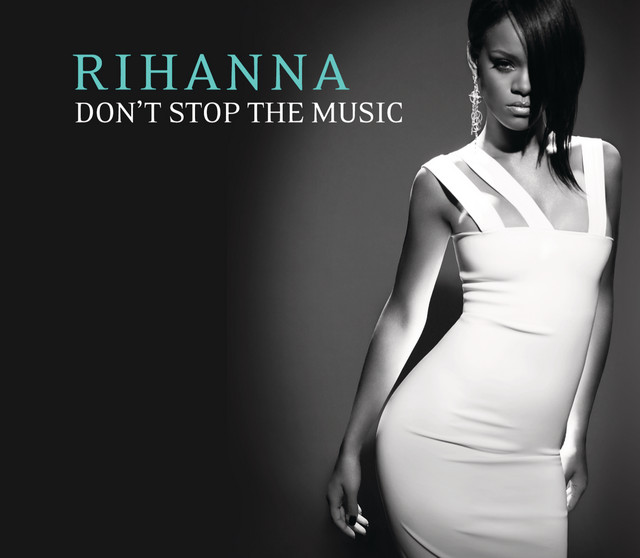
“Umbrella” transformed Rihanna from pop star to cultural icon, its distinctive production and hook recognizable as a national anthem. The track’s brilliance lies in its architectural perfection.
Each section builds toward that undeniable chorus with the inevitability of rain clouds gathering before a storm.
Jay-Z’s introduction contributes as much as a bicycle fish. His 16-bar opening section adds nothing substantive to the track’s narrative or energy, functioning more as a corporate branding exercise than an artistic choice.
4. Sexy Red on Rich Baby Daddy (Drake)
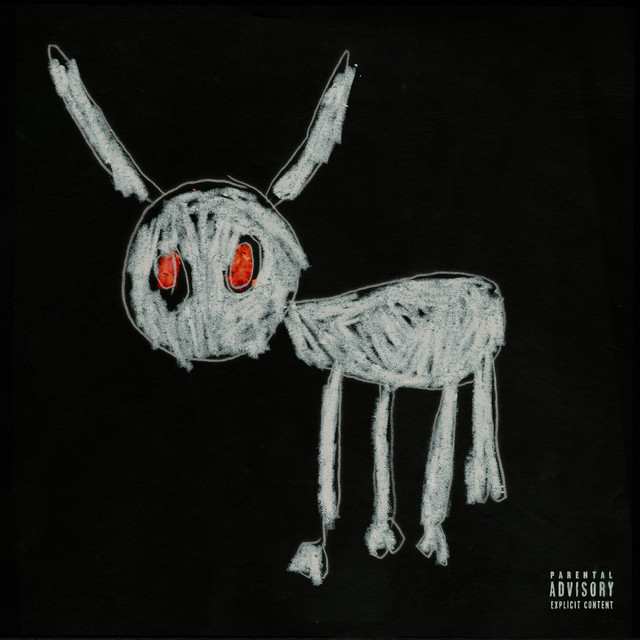
Drake built his empire on understanding the architecture of hits – knowing exactly when to sing, when to rap, and how to ensure tracks function both in clubs and earbuds.
“Rich Baby Daddy” showcases his technical precision and melodic instincts against a backdrop of sophisticated production that balances warmth and bounce like a perfectly calibrated sound system.
The chorus creates a tonal whiplash that feels like switching channels between two entirely different programs. The sections appear four times throughout the song’s structure.
3. Kodak Black on Drowning (A Boogie Wit Da Hoodie)
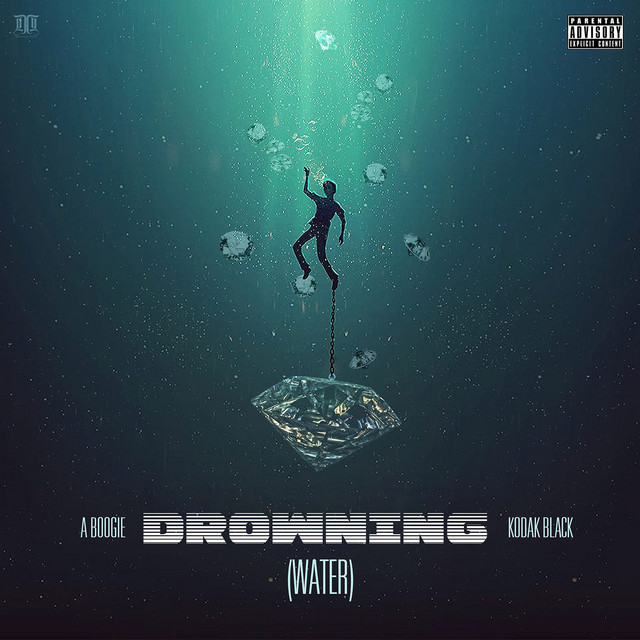
A Boogie crafted “Drowning” as a moody underwater dreamscape, its production creating the sonic equivalent of slow-motion footage. The track’s atmospheric elements and introspective approach invite listeners into an immersive experience.
Everything moves with deliberate purpose, each element carefully positioned in the mix like furniture in a minimalist apartment.
Kodak Black’s verse crashes through this carefully constructed mood like someone cannonballing into a reflection pool. His contribution introduces jarringly inappropriate content about bodily functions that undermines the track’s mature aesthetic.
2. Yelawolf on 1 Train (A$AP Rocky)
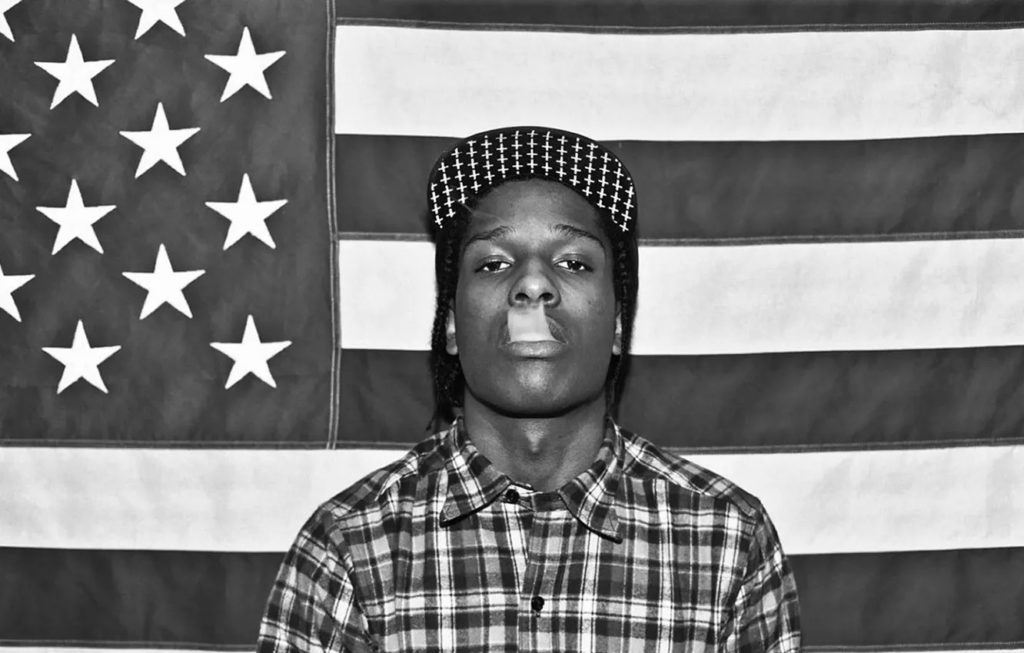
“1 Train” functions as a hip-hop summit meeting, gathering distinctive voices who nevertheless speak the same stylistic language. The track showcases an impressive roster of talent.
Each artist brings a unique approaches while maintaining the collective energy, like jazz musicians taking solos while respecting the overall composition.
Yelawolf’s verse stands out like someone wearing a tuxedo to a streetwear convention. His incompatible flow pattern and thematic approach disrupt the track’s established continuity.
1. Big Syke on All Eyez on Me (Tupac)
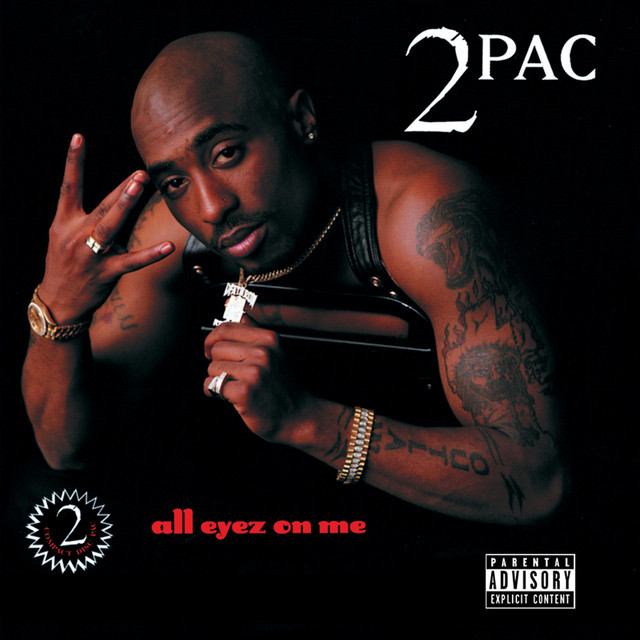
Album openers function as mission statements, setting expectations for everything that follows. Tupac’s “All Eyez on Me” kicks in the door with the confidence of someone who knows history is watching.
His voice commands attention through technical precision and emotional authority, establishing the album’s ambition and scope.
Then Big Syke steps in, and the energy noticeably dips like a roller coaster hitting that middle section where everyone catches their breath. While technically sound, his verse lacks the magnetic presence that makes Tupac’s sections feel essential.




